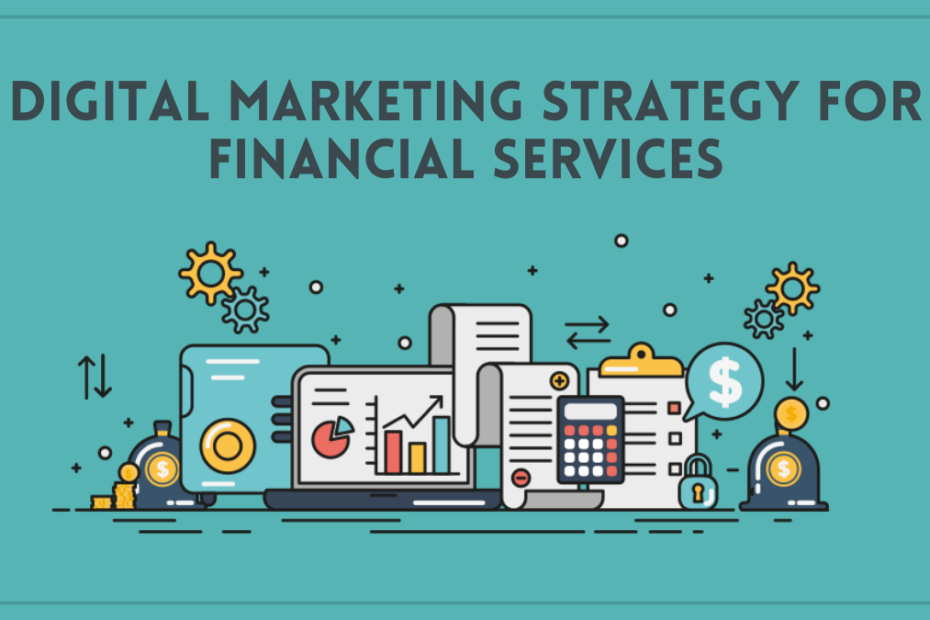In the ever-evolving world of financial services, staying ahead of the competition requires more than just excellent products and services. It demands a robust and strategic digital marketing approach. Financial institutions like banks, credit unions, financial advisors, and insurance companies can significantly benefit from well-crafted digital marketing strategies. This blog will delve into effective digital marketing tactics that can help financial service providers thrive in today’s competitive landscape.
1. SEO (Search Engine Optimization)
Why SEO Matters
Search Engine Optimization (SEO) is the cornerstone of any successful digital marketing strategy. For financial services, appearing at the top of search engine results is crucial. Customers often turn to Google to find solutions for their financial needs, making it essential for financial institutions to rank high for relevant keywords.
SEO Best Practices
- Keyword Research: Identify and target keywords that potential customers are searching for. Tools like Google Keyword Planner can help in discovering high-traffic, low-competition keywords.
- On-Page SEO: Optimize website content, meta descriptions, titles, and headers to include target keywords. Ensure that your site is mobile-friendly and has a fast loading speed.
- Content Creation: Regularly publish high-quality, informative content that addresses the needs and questions of your target audience. This not only helps in ranking but also establishes your institution as an authority in the field.
2. PPC Advertising (Pay-Per-Click)
The Power of PPC
Pay-Per-Click advertising is a highly effective way to drive traffic to your website quickly. Unlike SEO, which takes time to build, PPC provides immediate visibility and can be targeted to specific demographics and locations.
PPC Tips for Financial Services
- Targeted Campaigns: Use data to target your ads to specific audiences. For instance, a bank might target ads to individuals searching for mortgage loans.
- Ad Copy: Craft compelling ad copy that highlights your unique selling points. Include strong calls-to-action (CTAs) to encourage clicks.
- A/B Testing: Continuously test different ad variations to see which ones perform best. Adjust your strategy based on the results.
3. Content Marketing
Engaging and Educating
Content marketing is about creating and sharing valuable content to attract and engage your target audience. For financial services, this can include blogs, whitepapers, infographics, and more.
Effective Content Strategies
- Educational Blogs: Write blog posts that address common financial questions and concerns. Topics could range from budgeting tips to understanding different types of insurance.
- Whitepapers and E-books: Offer in-depth guides and reports that provide valuable insights. These can be used to capture leads by requiring users to provide their contact information to download.
- Infographics: Create visually appealing infographics that simplify complex financial concepts. These are highly shareable and can increase your reach.
4. Social Media Marketing
Building Relationships
Social media platforms offer a unique opportunity to connect with customers on a more personal level. They allow financial institutions to build trust and engage with their audience in real-time.
Social Media Tactics
- Platform Selection: Choose the right platforms where your audience is most active. LinkedIn, for example, is excellent for B2B financial services, while Facebook and Instagram may be better for B2C.
- Regular Posting: Maintain a consistent posting schedule with content that is relevant and engaging. Share industry news, company updates, and educational content.
- Engagement: Actively engage with your audience by responding to comments and messages. Host live Q&A sessions or webinars to interact directly with customers.
5. Email Marketing
Personal Touch
Email marketing remains one of the most effective ways to reach and nurture your audience. It allows for personalized communication and can drive conversions by targeting specific segments of your customer base.
Email Marketing Strategies
- Segmentation: Divide your email list into segments based on criteria such as customer behavior, preferences, and demographics. This allows for more personalized and relevant content.
- Automated Campaigns: Use automation to send timely and relevant emails. For example, send a welcome email series to new subscribers or a follow-up email after a customer inquiry.
- Quality Content: Ensure that your emails provide value to the recipient. Include useful information, exclusive offers, and clear CTAs.
6. Online Reputation Management
Building Trust
In the financial services industry, trust is paramount. Managing your online reputation ensures that potential customers see your institution as reliable and credible.
Reputation Management Tips
- Monitor Reviews: Keep an eye on reviews and ratings across platforms like Google, Yelp, and social media. Respond to both positive and negative feedback promptly and professionally.
- Customer Testimonials: Encourage satisfied customers to leave reviews and share their positive experiences. Highlight these testimonials on your website and social media.
- Transparency: Be transparent in your communications. Address any issues or negative feedback openly and work towards resolving them.
Conclusion
Digital marketing is essential for financial services providers looking to attract and retain customers in a competitive market. By leveraging SEO, PPC advertising, content marketing, social media marketing, email marketing, and online reputation management, financial institutions can build strong relationships with their audience, enhance their online presence, and ultimately drive business growth.
Stay ahead of the curve by implementing these strategies and continuously adapting to the ever-changing digital landscape. Your efforts will pay off in the form of increased visibility, customer trust, and long-term success.

Very interesting subject, regards for putting up.Raise your business
Your posts stand out from other sites I’ve read stuff from. Keep doing what you’re doing!